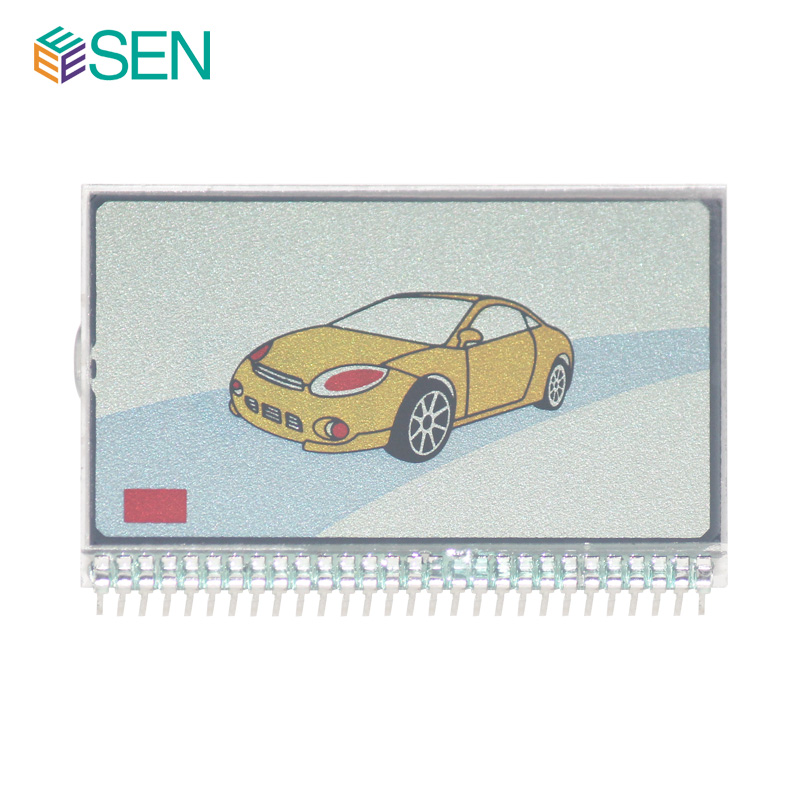How to choose the model when purchasing an in car instrument panel LCD or other in car LCD:
1. Select according to size: It needs to be selected based on the size, space, and location of its car.
2. Based on the above installation methods: A. Long distance passenger transportation usually adopts the form of manual turnover. Among them, there is a difference between the previous and subsequent turnover. Luxury buses generally use electric turnover products to make the overall decoration luxurious and high-end. The interior of the B bus should be fixed and installed. After the installation of the LCD TV, passengers should not fold or flip the TV at will, so that the TV is always in the display state. In many places, ordinary household cars use screens. It depends on how your entire structure is determined.

3. Select according to the required voltage: Generally speaking, the voltage of gasoline engine models is 12V, and the voltage of diesel engine models is 24V. When selecting voltage, it is necessary to choose according to the specific voltage resistance of the LCD TV. Usually, the terms 12V and 24V are inconsistent and can easily lead to malfunctions. At present, car mounted LCD TVs produced by legitimate manufacturers are divided into two voltage types: 12V and 24V.
4. Regarding LCD selectivity: Everyone should love the new car LCD TV, but in the current market, there are many refurbished TVs that disrupt the competitiveness of the entire market and confuse some consumer choices. Generally speaking, the prices of refurbished second-hand TVs in the market are very low and the product quality is not guaranteed, so we should have the ability to distinguish between old TVs and refurbished TVs: A. The mainstream screens on the market nowadays are usually 7 inches, 8.4 inches, 5.6 inches, 15 inches (4:3), 17 inches (4:3), and 19 inches (16:9 widescreen). If there are other sizes and prices are particularly low, you need to pay attention to the quality of the screen. When the screen brightness is too low or too high, special attention should be paid. So far, the brightness of 15 inches is generally between 250-400, the brightness of 17 inches is generally between 250-500, and the brightness of 19 inches is generally between 300-550. If the brightness is too low, it must be an old screen. If it is too high, it may be a refurbished screen. At present, adding light tubes to old screens is no longer a secret. For old screens with improved tubes, you can play some monochrome images and also see light leaks. Take a look at the screen interface. If the factory's in car LCD Screen is still an analog interface, there is no need to make a selection. LVDS digital interfaces became mainstream three years ago.
5. Selection of Inverted Screen: Due to environmental limitations, car mounted LCD screens have special design requirements for lower perspective views, so now manufacturers have designed a reverse screen technology. How to determine if this LCD screen can be reversed? Just light up its product and compare it up and down. 6. Explosion proof treatment: The car mounted LCD screen needs to be used in public places and must be protected, safety first. Therefore, we must choose explosion-proof treatment, especially on buses and buses. The crowd is relatively concentrated. For safety reasons, we must choose explosion-proof treatment. When purchasing a screen, users generally try to choose products with high-definition lines, so that the displayed image is clearer. After sales service is also very important. Do not choose to assemble products.



